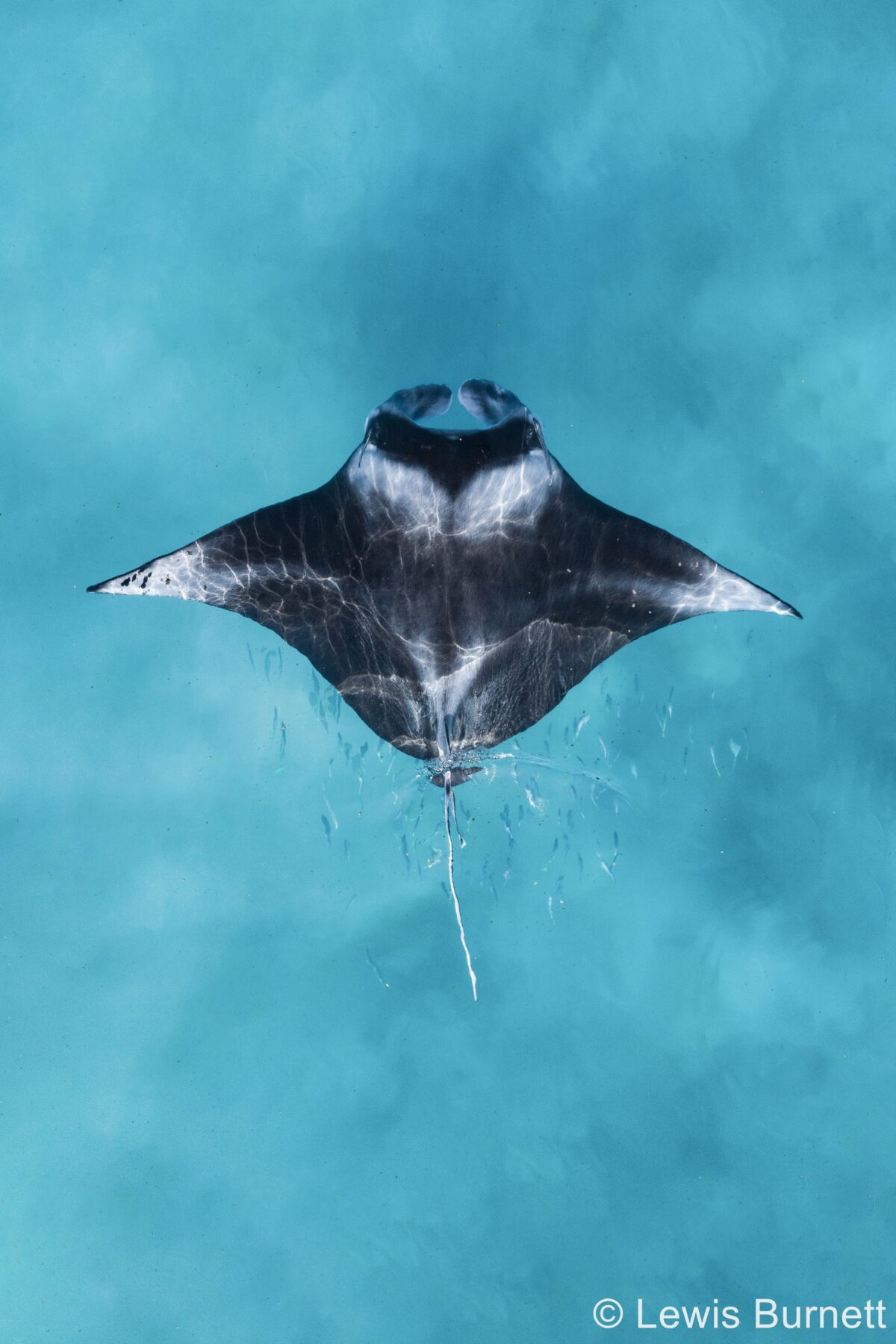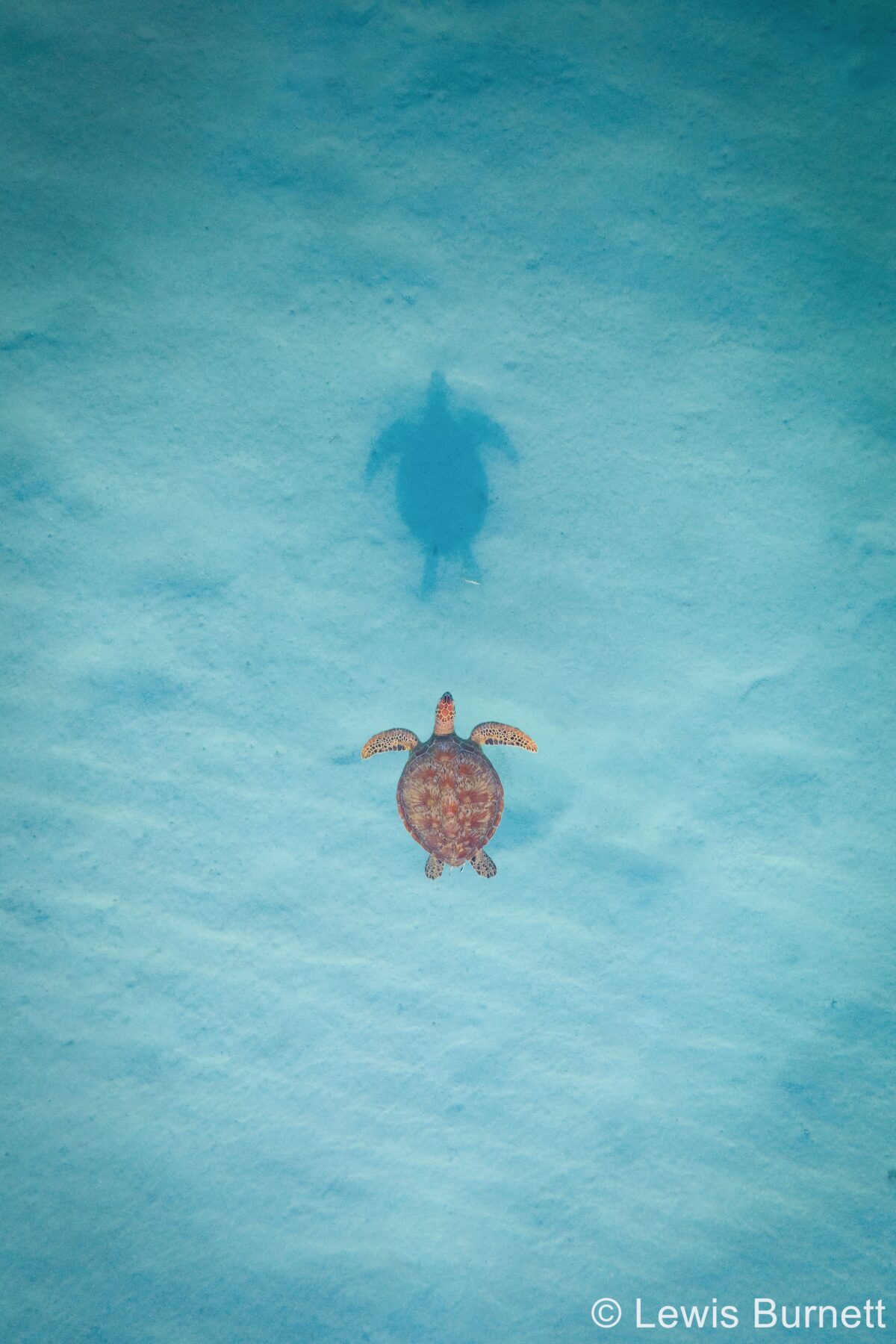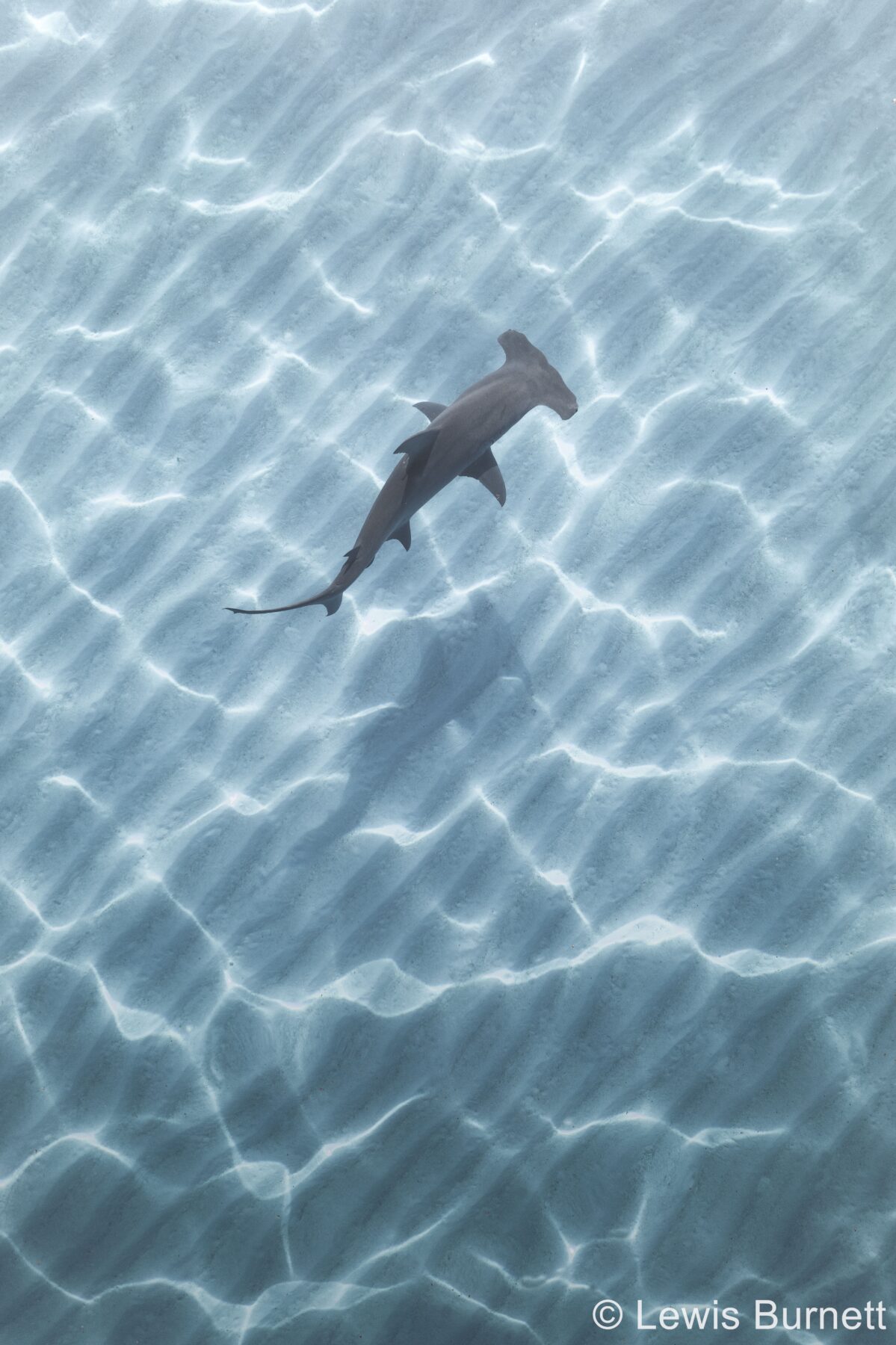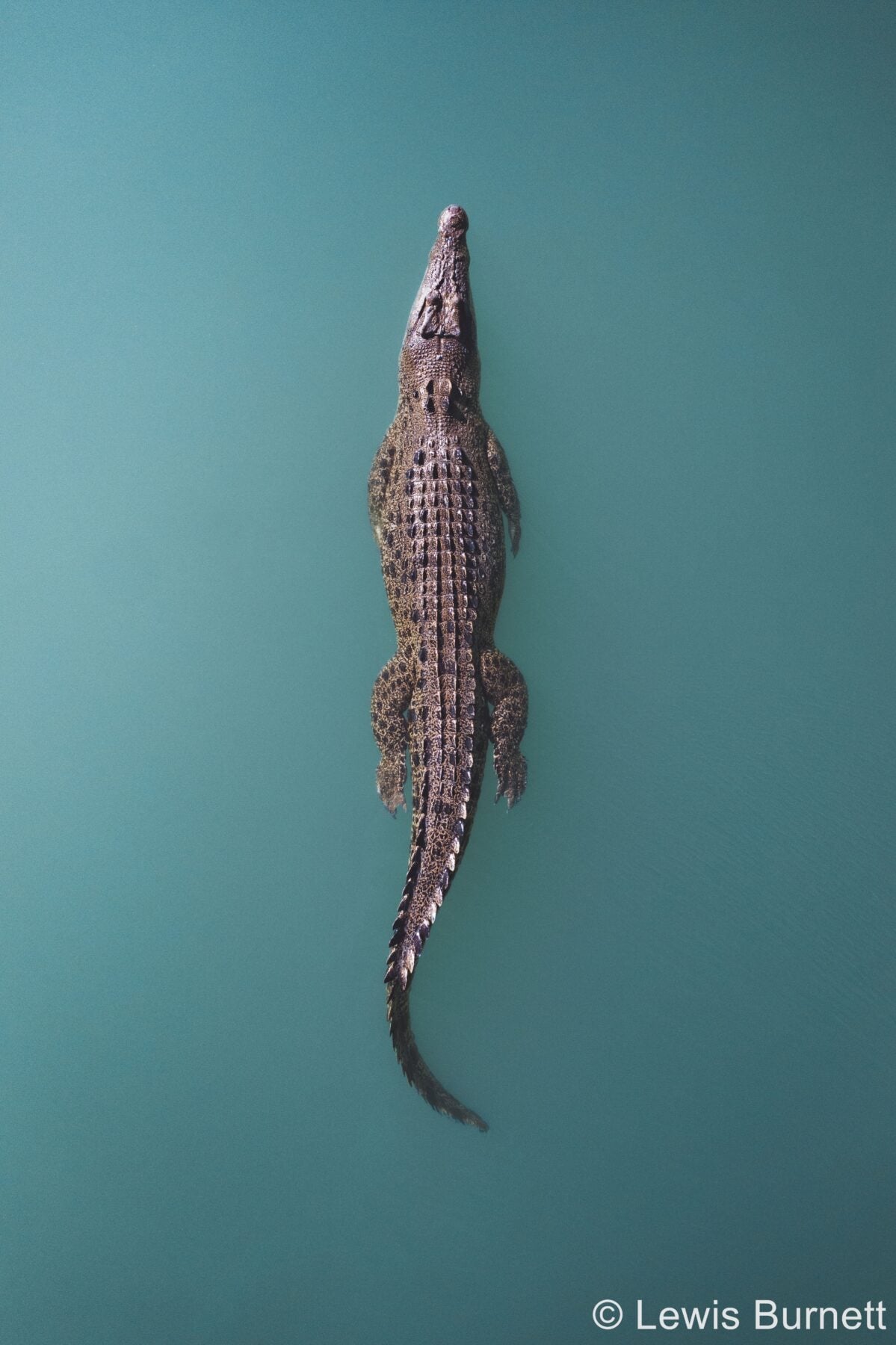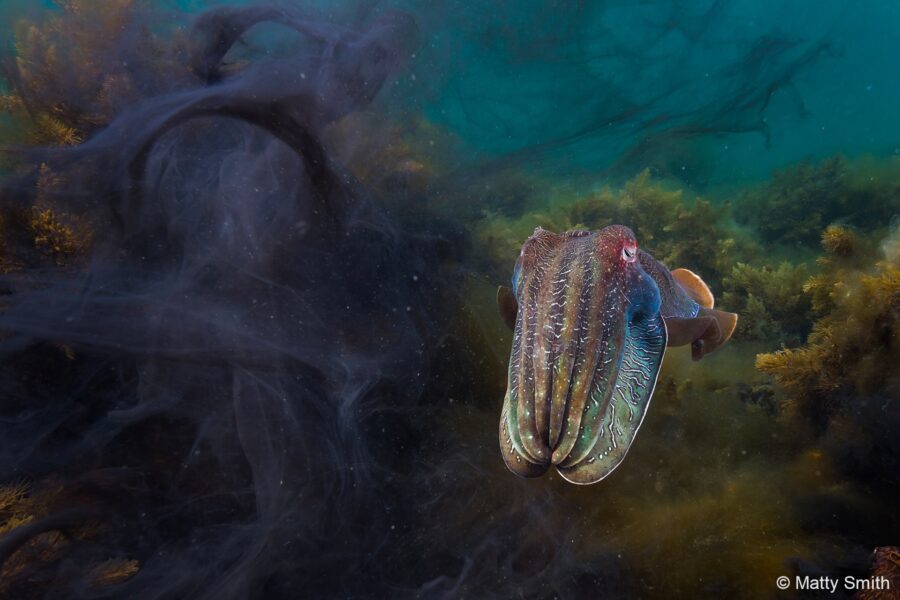The story behind the photo: ‘Aerial Oceans’ by Lewis Burnett
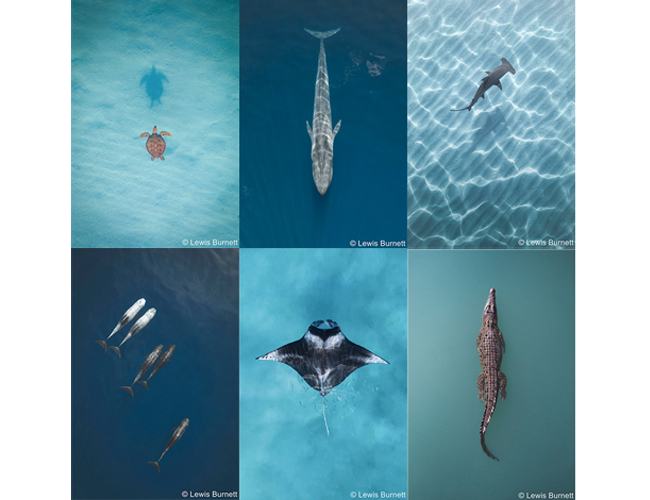
Wildlife photographer Lewis Burnett was recently crowned winner of the ‘Portfolio’ category in the 2023 Australian Geographic Nature Photographer of the Year (AGNPOTY) competition.
His winning image series, titled Aerial Oceans, was shot completely via drone:
Can you tell us the back story of this photo?
This portfolio attempts to represent the incredible diversity that we are lucky enough to host in the oceans of the ANZANG region. With some of the richest waters on our planet we are beyond privileged to have so many rare and endangered species call our waters home.
What is your connection to the subject matter?
As a wildlife photographer it is my goal to capture the diversity of our planet’s natural inhabitants, showcasing these amazing creatures in hopes of inspiring people to get outside and spend some more time in nature. I like to think that my connection to the subject matter in these photos runs deeper than just a job, it’s the reason I get up in the morning. Spending time with these majestic animals over the past few years has undoubtedly been some of my best experiences in life so far.
Where were these photographs taken, and what led you to this site?
Timor-Leste, Ningaloo Reef and the Kimberley regions of Australia. I was led to explore these regions because of the rich biodiversity and abundant marine life that these places hold. Some I had heard of from other photographers, some I had researched online, some were a combination of both. Thats the joy of the wildlife photography community, people are willing to share information in aid of helping to build each other up.
Were you unexpectedly there or had you planned to cover this moment?
No, these were all taken on trips that I had planned for the precise reason of encountering these animals. Usually, you can do your best to plan a trip to see wildlife, however it’s never guaranteed. So, was I unexpectedly there? No. But was the animal unexpectedly there? Most definitely.
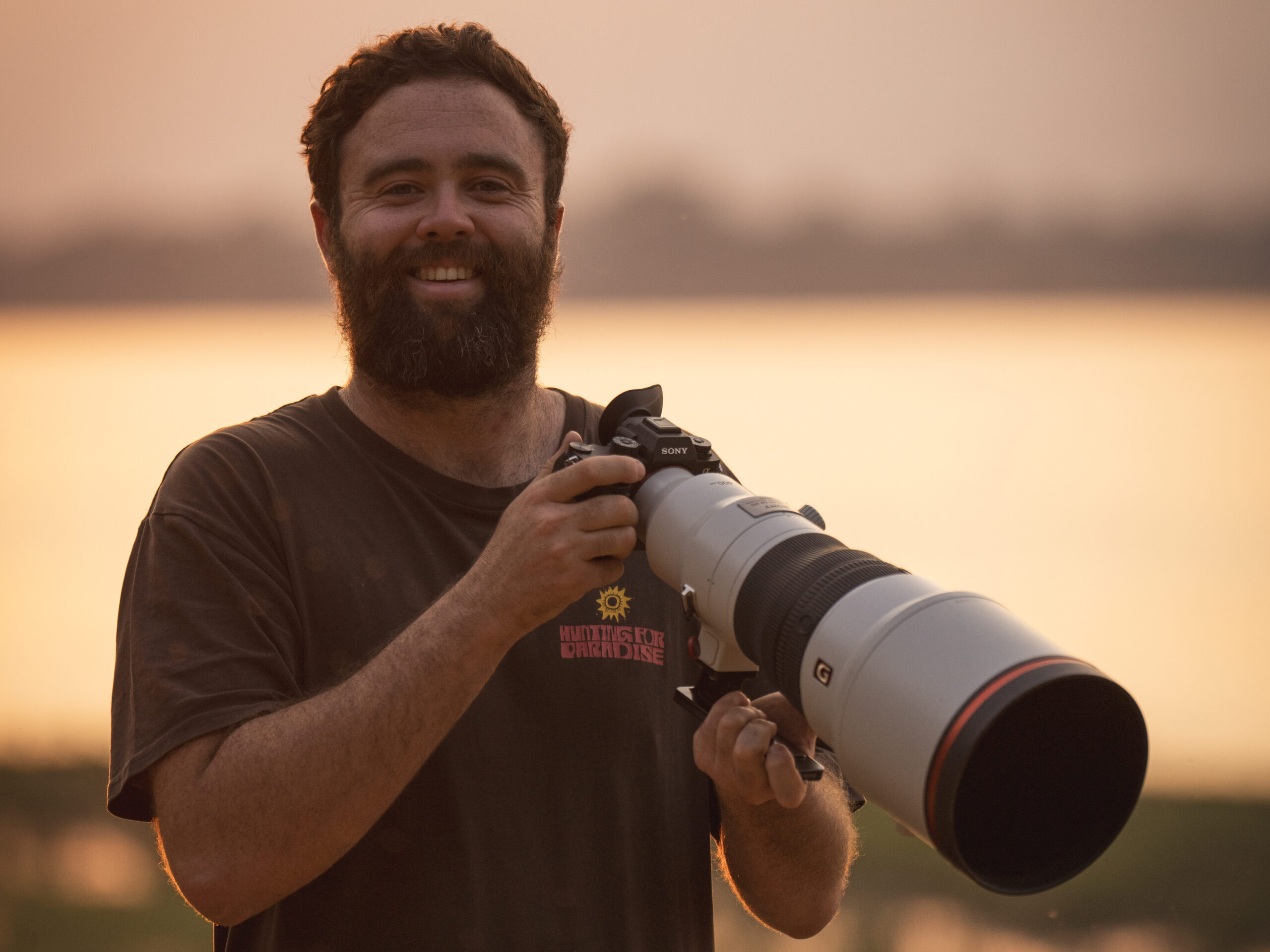
What are the technical challenges of photographing this kind of scene?
Drone photography can be either very easy or very hard depending on the subject. As always with wildlife photography the biggest challenge is finding the animals in conditions and light that are conducive to making a nice photograph of them. However, to me, the biggest technical challenge to using a drone to capture these images is simply that the cameras on most drones are not as good as what I’m used to shooting wildlife with on land. I often find myself limited by the blackout as the photograph as taken and the lack of ability to push an image in terms of dynamic range as much as you could a mirrorless camera. There is also the added aspect of operating the actual drone itself, getting it into position and tracking the animal from not only a safe position but also a legal one. It is important to note that many countries have certain drone regulations and laws in place to protect the wildlife that you are photographing so this is always an important thing to take into account. Thankfully a lot of drones now have zoom lens and you are able to get great shots from a safe distance to avoid disturbance.
How did you prepare to take this image?
As with any wildlife trip, there is a lot of behind-the-scenes preparation that goes into making the images come to life. It usually begins with hearing of a location that has a certain species of animal that can be found there. This often comes from my network of colleagues who are also wildlife photographers, or from documentaries such as Blue Planet, etc. Then the planning stage starts, reaching out to people who have been before, looking up the locations online and determining logistics. Once the trip seems feasible it’s important to learn as much as you can about the animal you’re hoping to shoot, this will help you not only find it, but have a better chance at photographing it. Lastly it’s important if using a drone to look up the regulations of the region you’re hoping to visit and familiarise yourself with the bylaws for flying there. The rest is all up to luck, if you want to increase your luck, plan a longer trip…
Did you have special equipment?
Other than the drone for these images no, not really. It’s worth noting that some of these were taken on my own boat and others were taken on a good friend of mines. Without either of those boats these images would not have been possible from land and for that I am hugely grateful.
Have you covered this topic/subject before?
Yes, for the past 5 years I have been attempting to capture our wildlife from above, I believe it provides a unique perspective of the animals. Done right it can also be substantially less invasive to the creatures than underwater photography, etc.
Why is this form of photography important to you?
Our natural world is failing, or maybe I should say we are failing our natural world. We are overstretching the resources that this planet can provide for us and taking what it does for granted. As a consequence, animals such as the blue whale are suffering. This type of photography is important to me because nature is important to me. Without captivating the minds of my audience with imagery of the natural world, what chance do I have to change their minds about the natural world? It needs our help and I believe that this medium is a powerful opportunity to provide that help. Think of it as marketing for mother nature…
